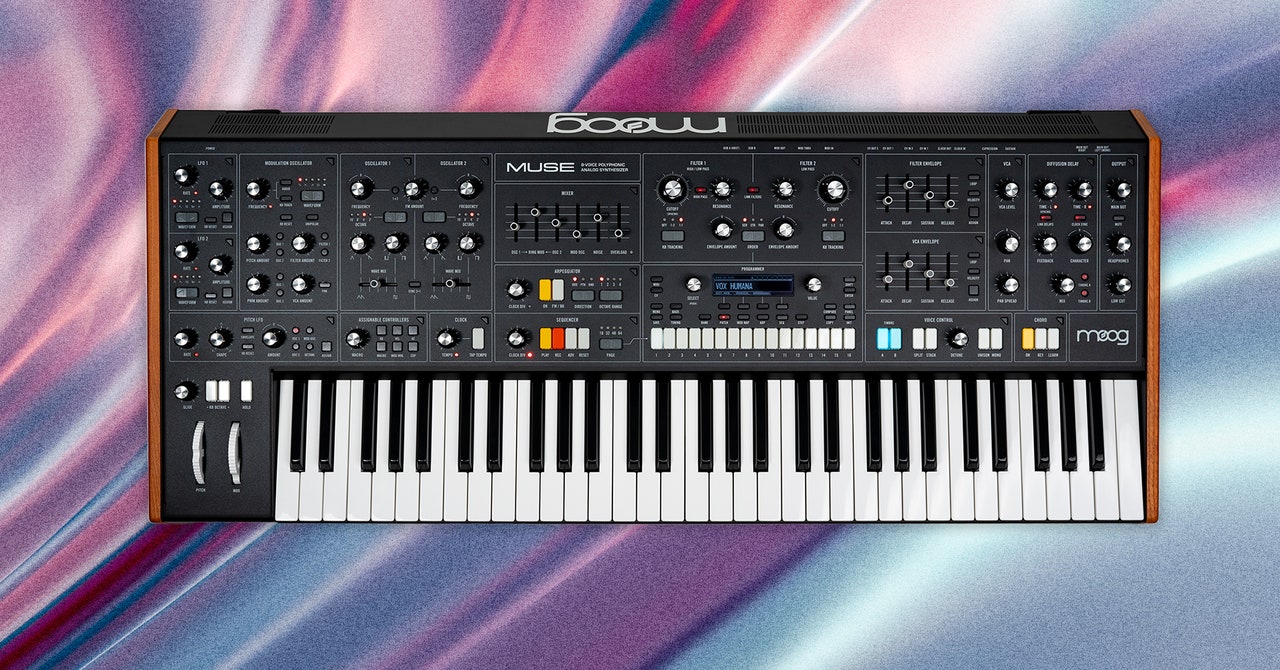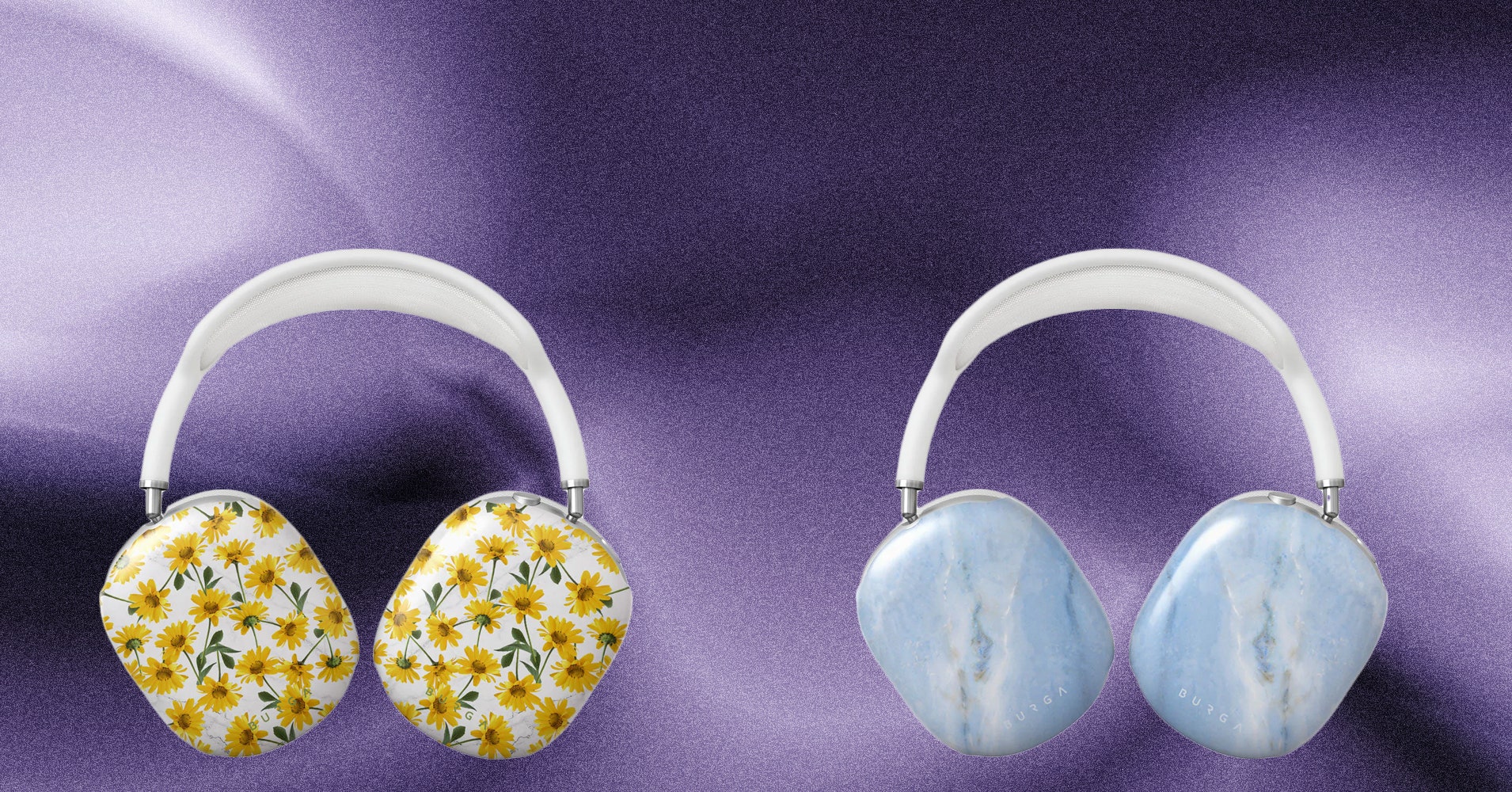
In 2018 Moog launched its first analog polysynth in almost three many years, the Moog One. It’s an infinite, intimidating beast designed to permit musicians to play a number of analog synth voices on the identical time. Much more daunting than the entrance panel stuffed with controls is the value. When it was initially launched the Moog One got here in eight- and 16-voice flavors at $5,999 and $7,999 respectively. Since then the Moog One 8 has been discontinued, and the 16-voice model has jumped in worth to $10,000, leaving an infinite hole in Moog’s analog synth lineup.
The Muse is an try and plug that hole and make a Moog polysynth extra attainable. This $3,499 eight-voice bi-timbral analog machine has two oscillators, a mod oscillator, three low-frequency oscillators (LFOs), two filters, two envelopes, a digital delay, and aftertouch (although not polyphonic). There are extra feature-rich synths on the market, however that is nonetheless a reasonably strong core with lots of flexibility. Moreover, there’s one factor that the Muse has over these different synths: It’s a Moog.
Basic Sound
There’s something concerning the sound of a Moog synthesizer. There are many synths on the market that do an admirable job of emulating the long-lasting sound of a Moog bass, however they’ll by no means fairly stand toe-to-toe with the true deal.
I used to be reminded of this a number of occasions throughout my testing. I performed the Moog Muse facet by facet with numerous completely different devices, starting from the Korg Monologue and Minilogue XD to the Novation BassStation II and the Arturia Polybrute 12. There’s simply one thing concerning the sound of a Moog oscillator and its iconic ladder filter that feels larger and hotter than nearly something I’ve ever performed.
{Photograph}: Moog
A part of that’s as a result of specific traits of the oscillators right here, that are primarily based on the Minimoog Voyager. They aren’t simply analog, however aggressively so; the place different trendy analog polysynths do all the pieces of their energy to remain completely in tune, treating pure analog drift as one thing to be dialed in to style, the Muse leans into its pure imperfections, giving it lots of character and physique.
It’s straightforward, with eight voices at your disposal, to imagine try to be utilizing the Muse to play chords and pads, however don’t ignore the bass on this factor. It’s large, placing principally each different polysynth I’ve performed to disgrace. It’s particularly absurd whenever you stack all eight voices in unison mode. This factor could also be constructed with pads and key sounds in thoughts, however it’s each bit a beast on bass and leads as you’d anticipate a Moog to be.
After all, you have got loads of different, cheaper choices for beefy mono synths. To justify the value the Muse has to ship on extra difficult and wide-ranging sounds. Fortunately it excels at epic pads, cinematic strings, and plucky keys as effectively.
The sound-shaping choices listed here are fairly strong. The devoted mod oscillator can management pitch, the filter, or pulse width, and even be changed into a 3rd audio charge oscillator. Its tuning isn’t fairly as secure as the principle oscillators although, which makes it nice for getting queasy and dissonant.
There are additionally ring mod and FM (frequency modulation) circuits for turning that analog heat into clanging and metallic bells and plucks and an overload circuit for including much more grit. Plus, there are three LFOs and two envelopes, and all of those may be linked via the 16-slot modulation matrix to create complicated sounds starting from chaotic EDM bass to long-evolving soundscapes.






